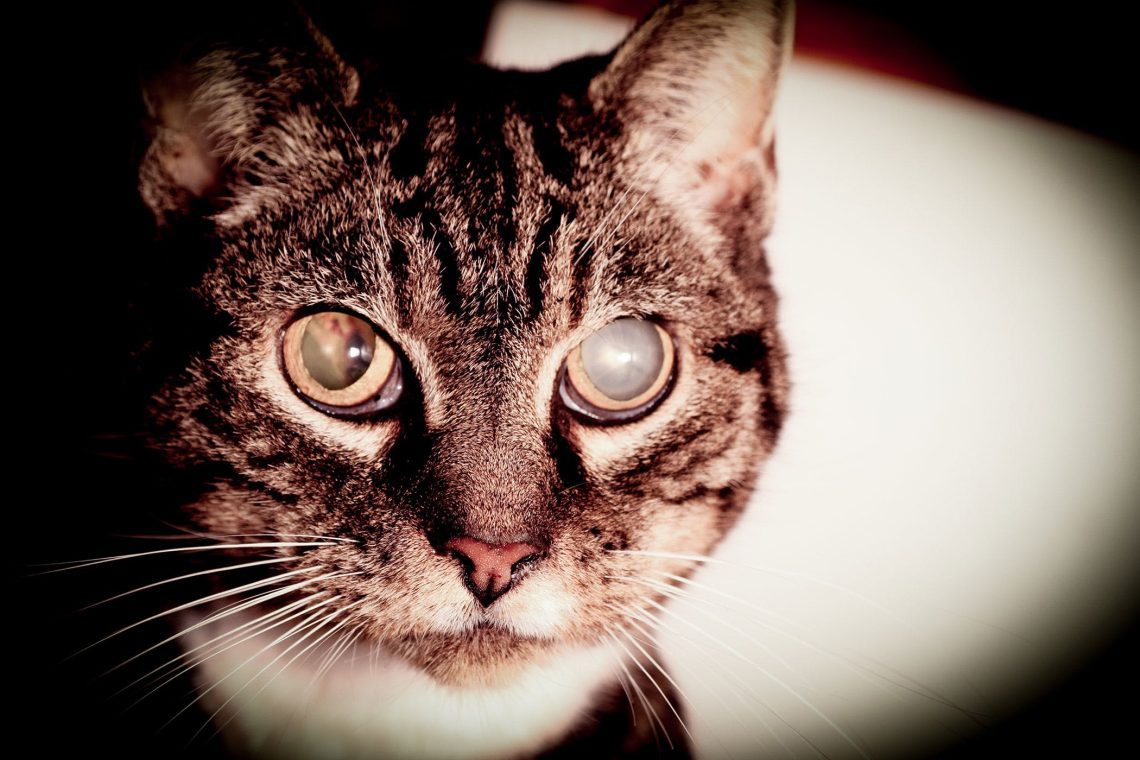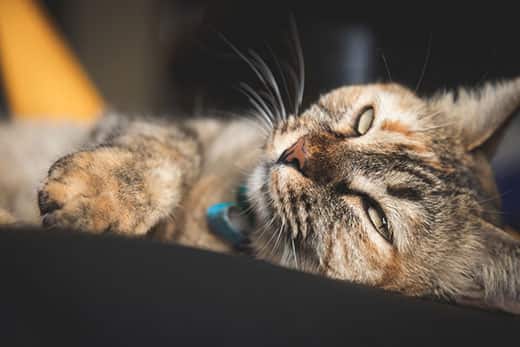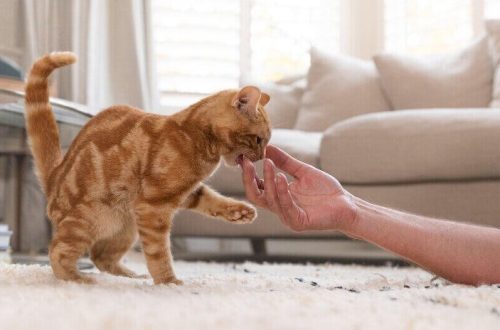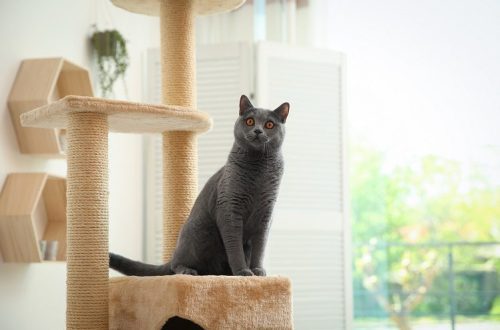
ជំងឺភ្នែកឡើងបាយក្នុងឆ្មា: រោគសញ្ញានិងការព្យាបាល
Cataracts in humans are the leading cause of blindness in the world. In cats, cataracts are rare, but no less serious. If left untreated, the pet may go blind. Fortunately, many cases of feline cataracts can be successfully treated.
មាតិកា
What is an eye cataract in cats?
A cataract is a disease that affects the lens of the eye. The lens helps focus the light passing through the eye onto the retina, allowing the cat to see. If this small transparent body becomes cloudy due to a cataract, it loses its ability to focus light, resulting in blurry vision. The lens consists mainly of proteins and water. Opacification of the lens occurs as a result of protein breakdown and fiber breakdown.
Cataracts are less common in cats than in humans and dogs. In addition, while cataracts can be associated with diabetes in humans and dogs, cataracts are usually not found in diabetic cats. Cataracts are also most common in older cats, and Burmese and Himalayan cats are genetically predisposed to the condition. But it is worth bearing in mind that this pathology can develop in cats of all ages and breeds.
Cloudy eyes in a cat: causes of cataracts
Cataracts in cats can develop as a result of:
- poor nutrition at a young age;
- ហេតុផលហ្សែន;
- រងរបួស;
- ជំងឺរំលាយអាហារ;
- វិទ្យុសកម្ម;
- inflammation – for example, with cancer, glaucoma, trauma, autoimmune diseases or infections;
- dislocation of the lens, usually after trauma or inflammatory disease.
- Cataracts in cats can also develop due to other conditions, including diabetes and hypertension.
The disease can develop as a result of uveitis, an inflammation of the lining of the eye that occurs as a result of infectious diseases such as feline immunodeficiency virus, feline leukemia virus, feline infectious peritonitis, and toxoplasmosis. But it is not always possible to determine the cause of a cataract.
Cataract in a cat: symptoms
Cats are good at hiding discomfort and vision changes, so it’s important to monitor your pet for potential signs of cataracts, such as:
- a cat has one eye squinting and cloudy, or even both;
- behavioral changes: the cat began to hide, became less active, bumps into objects;
- the pet is disoriented: has difficulty finding a bowl of water and food or a tray;
- the cat is unsure or cautious in unfamiliar places or near stairs.
Although a cataract is not considered a painful condition, some of the pathologies that lead to its development can cause pain. Because of this, a cat with a cataract may also squint its eyes, or it may have discharge, redness, and swelling around the eyes.

Diagnosis of cataracts in cats
Your veterinarian may perform a variety of diagnostic tests, including fundus examination and measurement of intraocular pressure. Doctors successfully diagnose most cases of cataracts, but may refer you to a specialist, such as an ophthalmologist, for a more comprehensive examination.
Such an examination may include the following types of analyzes and studies:
- advanced eye imaging (including ultrasound);
- measurement of intraocular pressure;
- blood tests for metabolic diseases and infections.
If a veterinarian suspects or diagnoses cataracts in a cat, they may recommend contacting a certified ophthalmologist for further evaluation and treatment.
Types of cataracts in cats
Cataracts are classified according to the severity and degree of damage to the lens. According to the Animal Eye Clinic, cataracts are classified into the following stages:
- initial cataract – less than 15% of the lens is affected;
- immature cataract – from 15% to 100% of the lens is affected, light can still pass;
- mature cataract – the entire lens is affected, the passage of light is difficult.
Determining the stage of cataracts in cats is essential for choosing the best treatment option.
Cataract in cats: treatment
The main approach to treatment is to identify and eliminate the underlying cause of the cataract. Once this cause is established, a definitive course of action can be determined to delay or prevent cataract-related blindness.
Some common treatment approaches are:
- ថ្នាំ Steroids and non-steroidal anti-inflammatory drugs to reduce eye inflammation.
- Eye removal surgery – enucleation: Depending on the underlying cause, removal of the eye may be recommended, especially if the underlying cause is causing swelling and pain.
- Cataract surgery in cats: Another common treatment is lens replacement with cataract surgery performed by a veterinarian ophthalmologist.
If a cat has had cataract surgery, important steps must be taken to help her recover. You may need to give your cat topical eye preparations for several months after surgery. It should be kept indoors for at least three weeks after surgery, as complications such as swelling and bleeding can occur. You will also need a protective collar for pets.
The role of nutrition in cataracts in cats
Cataracts in cats can occur as a result of malnutrition. This is confirmed by the results of a study of captive-bred tigers published in the Open Veterinary Journal. Sufficient intake of amino acids – the building blocks of protein – is important for eye development in tigers. Presumably the same can be said for reducing the risk of cataracts in domestic cats.
Human studies, such as those published in Nutrition Reviews, show that the risk of cataracts can be reduced with appropriate nutrition, especially antioxidant vitamins such as vitamin C, as well as lutein, B vitamins, and omega-3 fatty acids. . Properly balanced food, appropriate for the age of the cat, in most cases contains the necessary nutrients to maintain the health of the eyes of your beloved pet.
សូមមើលផងដែរ:
ជំងឺតម្រងនោមនៅឆ្មា៖ កុំរង់ចាំរោគសញ្ញាដំបូង!
ការរំលាយអាហារនៅក្នុងឆ្មា: អ្វីដែលត្រូវធ្វើនិងរបៀបព្យាបាល
ជំងឺថ្លើមនៅក្នុងឆ្មា និងការព្យាបាលរបស់ពួកគេជាមួយនឹងរបបអាហារឆ្មា





